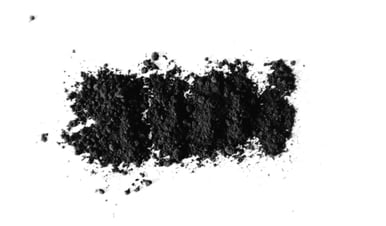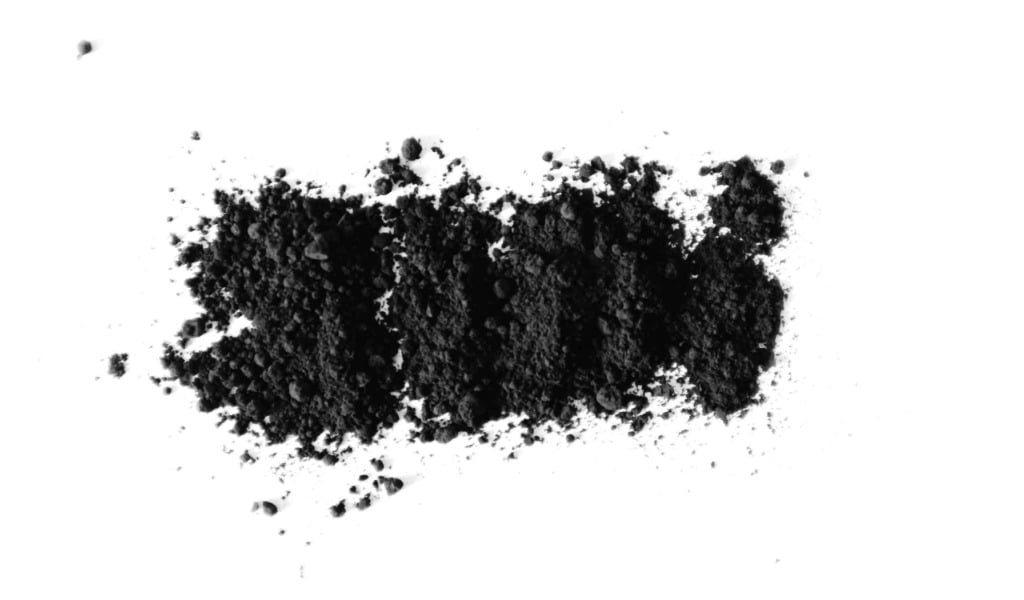What Is a Particle Size Distribution Curve? (Definition and Formula)
Particle analysis, whether is test sieve analysis, air jet sieve analysis, or dynamic image analysis, is an essential aspect of a wide range of quality control programs across dozens of industries. The method you implement ultimately falls on your industry standards and the needs of your operation.
The end result of any particle analysis process is an accurate look into the individual particles that make up your production line. This is where a reliable particle size distribution curve comes into play.
But what exactly does a particle size distribution curve entail.
W.S. Tyler has been a leader of the particle size analysis industry for over 140 years and leverages these yeats of experience to guide lab operators towards a process that is successful, reliable, and efficient.
With that, this article will cover the following points to ensure you know everything needed to generate a dependable particle size distribution curve:
- What a particle size distribution curve is
- How to generate a particle size distribution curve
- What information a particle size distribution curve delivers
- How to adjust your process based on your particle size distribution curve
How Would You Define a Particle Size Distribution Curve?
Particle size distribution is the process in which a sample of material that is typically taken from a production line is examined to identify the average size of the individual particles. The particle size distribution curve is a graph that is generated to illustrate the average particle size, the smallest particle size, and the largest particle size.

The curve illustrates either the amount of material that passes through or is retained on each sieve. A good sample should, in general, follow the same particle size distribution curve every time you run it.
How Do I Generate a Particle Size Distribution Curve?
When conducting a particle size analysis, particularly test sieve analysis, you have a set stack of test sieves, some falling on the coarse end of the spectrum and some falling on the fine. Some material will be retained on the coarser sieves, and some will be retained on the finer sieves; however, a majority of your sample will be retained in the mid-range sieves.
This is what gives you the peak that is synonyms with a proper particle size distribution curve.
That said, to calculate your distribution curve, you take the total mass of your sample material and divide it by either the weight retained or weight that passed through each sieve, plotting each sieve percentage on the graph. To make this process easy, it is recommended that a 100g sample is used to conduct a particle size analysis when possible.
What Information Does a Particle Size Distribution Curve Provide?
Thinking back to math class, a distribution curve is really the mean, mode, and average of your particle sizes. A properly generated curve should show you what your average particle size is, what the minimum size is, and what the maximum size is.
This all equates to the overall quality of your material.
How Can It Help You Make Adjustments to Your Test Sieve Analysis?
If you begin to see any weird spike or anomalies in your distribution curve, this is an indication that you want to look to ensure everything surrounding your operation is in order. Now, depending on the anomaly or operation, there are several things that you may want to consider.
You may first want to visually inspect your test sieves for any wear and tear. This includes and dents, wrinkles, or tears in the screening media.
For tips on how to best maintain your test sieves and prevent fault sieves from causing disruptions in your distribution curve, read the article “5 Tips for Maintaining your Test Sieves (Best Practices and Cleaning + Video)”.
If you determine that your test sieves are in working order, you should turn to your production line and check to see if there are signs of wear and tear preventing you from obtaining the right size material in your quality control lab. This can come in the form of tears in media used for pre-screening, worn equipment used for grinding, etc.
What Common Mistakes Are Made When Generating a Particle Size Distribution Curve?
The common mistakes that are seen when lab operators generate a particle size distribution curve ultimately come down to two factors: inconsistency and human error. In fact, if you go back and discover nothing was hindering the results at the begging of the process, by the time you make your way back to the lab, you most likely trace it back to inconsistency and human error.
Things like forgetting to tier the scale when weighing the material and test sieves, recording the data wrong, failure to record the correct starting weight, and failure to properly clean each sieve between testing are all common mistakes that can skew a distribution curve.
This is why it’s important to have a process set out for your lab. Doing so ensures the ways in which you conduct your particle size analysis and record data are established and known, encouraging a uniform process throughout the lab staff.
A Reliable Particle Size Distribution Curve Relies on Reliable Results
A particle size distribution curve is a graph that gives lab operators an inside look into the size of the individual particles that make up their production line. As it details the average particle size, smallest particle size, and largest particle size, it is easiest to compare it to the mean, median, and mode lesson we received in school.
Nevertheless, it is a graph driven by the data your particle size analysis process generates. This is why it is critical that you implement best practices when analyzing your testing results and yield accurate and repeatable results.
Here at W.S. Tyler, we understand that everything about your particle analysis process is geared towards accuracy. It’s for this reason that we leverage the knowledge and know-how within our four walls to help guide you towards a dependable process and lift that weight off your shoulders.
With that, the following article will provide insight into the best practices you should use when analyzing and recording your particle analysis results:
About Ronnie Brown
Ronnie is the Content Writer for W.S. Tyler and has four years of experience as a professional writer. He strives to expand his knowledge on all things particle analysis and woven wire mesh to leverage his exceptional writing and graphic design skills, creating a one-of-a-kind experience for customers.




